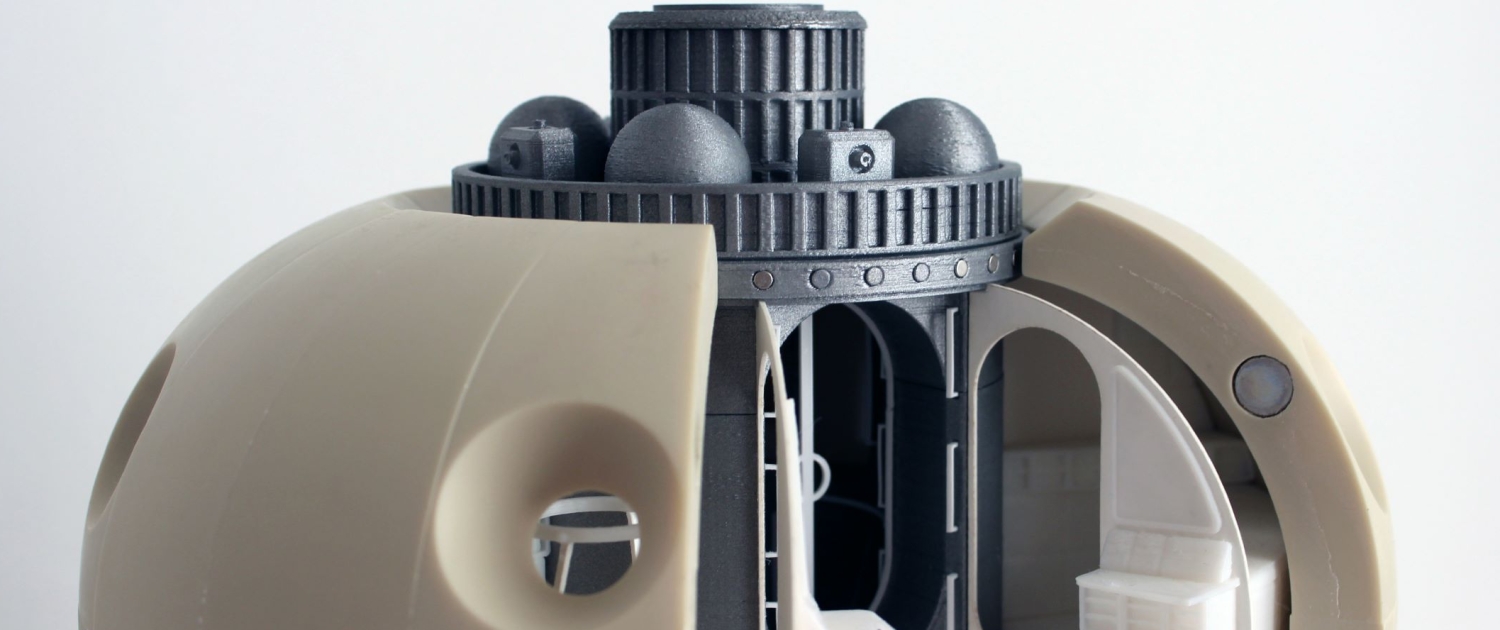Cleaning up the Final Frontier
Since the launch of Sputnik 1 in 1957 the presence of human-made objects in space has drastically increased. As of now*, there are over 2000 active satellites in orbit, yet they amount to only 10% of the artificial objects tracked in the proximity of our planet. The remainder is considered space debris, and besides the traceable large objects it comprises undetectable, smaller debris pieces with an estimated count surpassing 100 million. Debris of any size poses an imminent risk to all current and future space missions and could even lead to the creation of an impenetrable debris belt around Earth. Worldwide, concepts and technologies are being developed to remove debris from orbit. The vast majority is based on capturing and de-orbiting the debris, causing it to burn up during atmospheric re-entry. However, because launching any type of material into orbit is immensely expensive, orbital debris also presents a potentially valuable resource that could be utilized for future on orbit construction. The initial aim of this work was to conceive an orbital facility for the recycling of space debris. The first two iterations of the space station presented in this book disintegrate spent rocket stages and turn them into feedstock for on orbit additive manufacturing utilization. However, this idea remains conceptual, since it involves technologies that yet have to be researched and developed. Further, the examination of debris material properties will be necessary and additional concepts for on orbit applications have to be devised to make debris a viable resource in the future. Therefore, the main focus of this work shifted towards the architecture and design of an orbital space station suited for these research tasks. The resulting space station R3-Debris (Research concerning Resource utilization and Recycling of Debris) is capable of housing a four person crew on 6-12 month missions and up to 8 people during crew exchange periods. It contains a shredder for rough processing, a robotic arm and a truss platform for storing captured debris. Inspired by inflatable module concepts like NASA’s TransHab and based on the dimensions of Bigelow Aerospace’s BA-330, particular attention was given to the design of the station’s joint habitation and work module. Its interior layout features private quarters, a social hub, hygiene and sports facilities, a greenhouse and work areas including a dedicated workshop, material processing and research section arranged in a nonconflicting way within the module’s limited volume.
Project Year
2018-2020
Team Members
Author: Ivan Matas, Vienna University of Technology
Tutors: Dipl.-Ing. Dr.-Ing. Sandra Häuplik-Meusburger, Vienna University of Technology Ass.Prof. Mag.art. Fridolin Welte, Vienna University of Technology Univ.Prof. Dipl.-Ing. M.Arch. Tina Gregoric Dekleva, Vienna University of Technology Dipl.-Ing. Mag.art. Christoph Meier, Vienna University of Technology Dipl.-Ing. Dr. Carsten Scharleman, FH Wiener Neustadt
Credits
Credits: Ivan Matas
Project in the course of a Diploma (Master Thesis), Vienna University of Technology, 2020
All images/ drawings/ sketches renderings were created by the author


